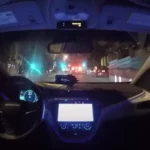DMV drives Cruise off California’s roads
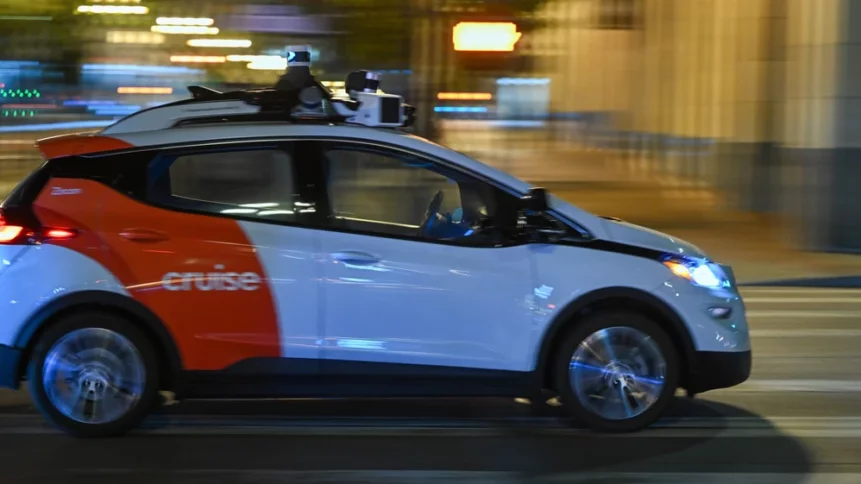
- Cruise self-driving vehicles deemed unsafe for the public.
- DMV suspends the company’s self-driving license with immediate effect.
- TWU says self-driving cars fall significantly short of professional human drivers on safety.
Cruise self-driving taxis are once again in the firing line – and this time they’ve been taken off the roads. On Tuesday, California ordered General Motors’ Cruise unit to remove driverless cars from state roads. The Department of Motor Vehicles (DMV) said it had suspended Cruise’s autonomous vehicle (AV) deployment and driverless testing permit, effective immediately.
That means efforts by the company to test cars without safety drivers are at an end. It’s seen as a major setback to the self-driving business that GM has called a major growth opportunity and, in turn, to the AV industry as a whole.
Driving lesson #1: do not mess with the DMV.
“This could be a big blow to Cruise,” said Bryant Walker Smith, a law professor at the University of South Carolina. “This plays into the narrative about the technology and the companies failing. The whole industry will suffer as a result.”
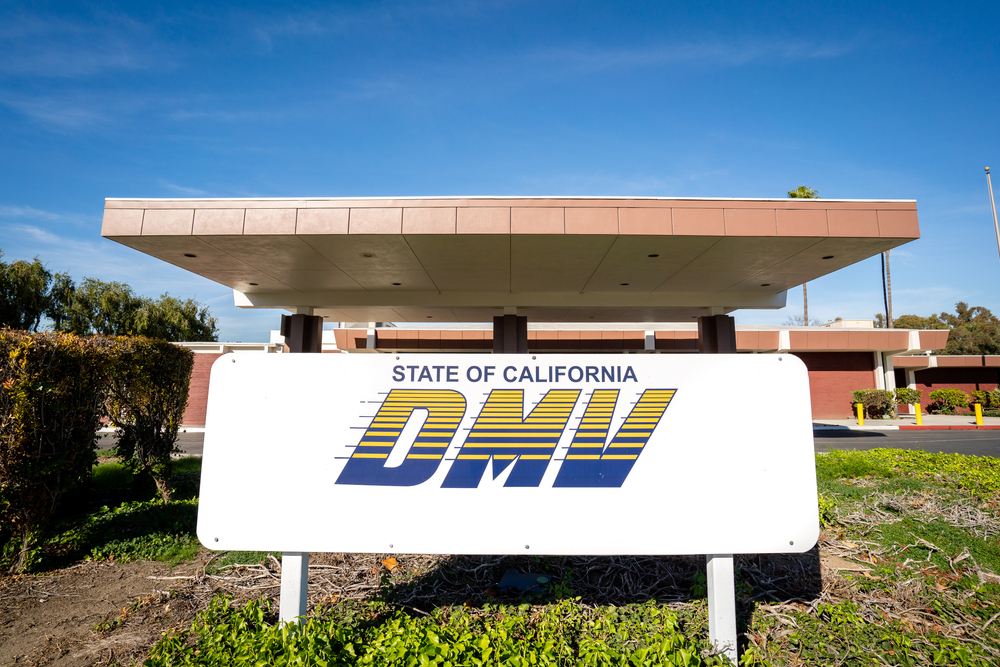
Public savior or AV dream-killer? The DMV in the State of California.
According to a statement by the DMV, “based on the performance of the vehicles, the department determines the manufacturer’s vehicles are not safe for the public’s operation,” citing “an unreasonable risk to public safety.”
The state of California says Cruise “misrepresented” the safety of the technology. The DMV said Cruise can challenge the suspension within five days – the company hasn’t yet said whether or not it will. Cruise said in a statement: “We will be pausing operations of our driverless AVs in San Francisco. Ultimately, we develop and deploy autonomous vehicles in an effort to save lives.”
In a call before the ruling, GM CEO Mary Barra said Cruise robotaxis have better safety records than human drivers. According to the company, the DMV was reviewing an incident that happened on October 2nd, where one of its self-driving vehicles was braking but didn’t avoid striking a pedestrian, who was struck by a (human) hit-and-run driver and thrown into the path of the Cruise robotaxi.
“When the AV tried to pull over, it continued before coming to a final stop, pulling the pedestrian forward,” Cruise said.
The DMV’s version of events, as laid out in the Order of Suspension, is that the Cruise vehicle initially came to a hard stop and ran over the pedestrian. After coming to a complete stop, it then attempted to do a “pullover maneuver while the pedestrian was underneath the vehicle.” The car crawled along at 7 mph for about 20 feet, then came to a final stop. The pedestrian remained under the car the whole time. It added that its teams are analyzing the incident to “identify potential enhancements to the AV’s response to this kind of extremely rare event.”
In fairness, this is the kind of accident that’s almost impossible to imagine and plan for – until it happens. It’s also the kind of accident where a human-driven behicle would be unlikely to have performed better.
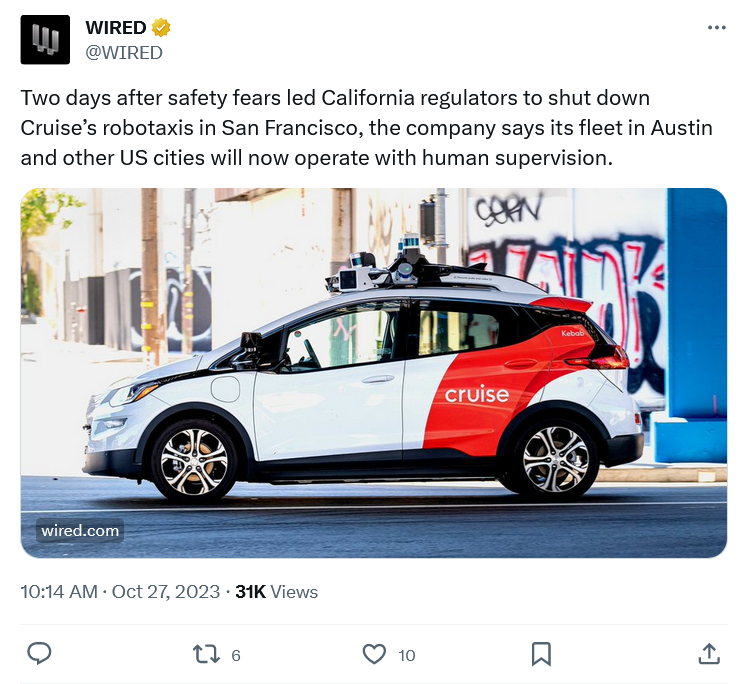
Where California leads…
It seems hasty to completely revoke Cruise’s permits to operate as a result of this incident. But the DMV says the company didn’t initially disclose all video footage of the accident. It said “Cruise’s vehicles may lack the ability to respond in a safe and appropriate manner during incidents involving a pedestrian.”
The video footage Cruise provided the day after the incident only showed events up until the complete stop. No one at Cruise told the officers or showed any footage of the subsequent pullover maneuver and dragging. The DMV only learned of that from “another government agency.” When asked directly, Cruise did provide the rest of the video.
Does Cruise now face a Mission: Impossible on self-driving cabs?
Safety concerns aside, it casts doubt onto whether Cruise would be forthcoming if its vehicles really were a danger. On the Tuesday before the DMV’s decision was announced, GM executives repeated the view that Cruise was a massive growth opportunity during an earnings conference call. In June, Barra reiterated a forecast that Cruise could generate $50 billion a year in annual revenue by 2023.
She told analysts that “We […] see a tremendous upside opportunity and growth.”
This isn’t the first time that the safety of the vehicles has come into question. In August, after a Cruise robotaxi crashed with an emergency vehicle, the DMV said it was investigating “concerning incidents” involving AVs operated by Cruise in San Francisco and asked the company to take half its robotaxis off the roads. On October 17th, Reuters reported that US auto safety regulators had opened a probe into whether Cruise was taking sufficient precautions to safeguard pedestrians.
The National Highway Traffic Safety Administration (NHTSA) said it had received two reports from Cruise of incidents in which pedestrians were injured, and identified two further incidents via videos posted on websites. Unionized transit workers and other critics of robotaxis hailed the suspension.
The Transport Workers Union of America (TWU), which represents airline, railroad, and transit workers and has harshly criticized self-driving vehicles, said that companies like Cruise must meet measurable safety standards.
“Despite the propaganda pushed by tech executives, Cruise has shown the world that robots are incapable of even coming close to achieving the high standards human operators meet each and every day,” TWU President John Samuelsen said.
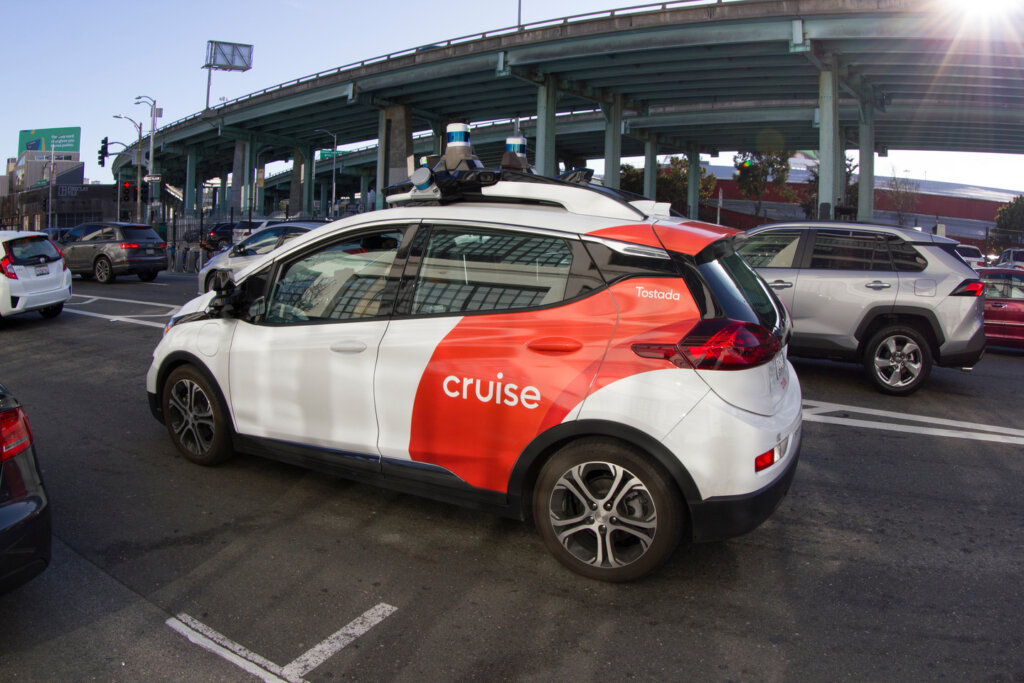
Back to the parking garage, Little Tommy. At least, for now…
In San Francisco, robotaxis take paying passengers on journeys day or night, but this latest incident shows how far there still is to go before the tech is really viable.
Days after the California ruling, Cruise announced its fleets in other US cities would now be operated with human oversight.
This is not by any means the first time Cruise’s delf-driving robotaxis have caused public disquiet.






